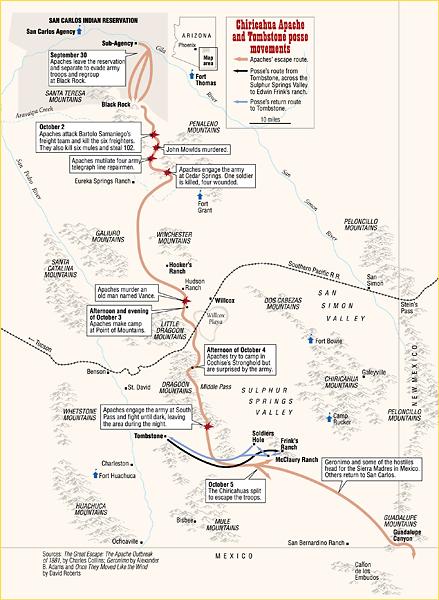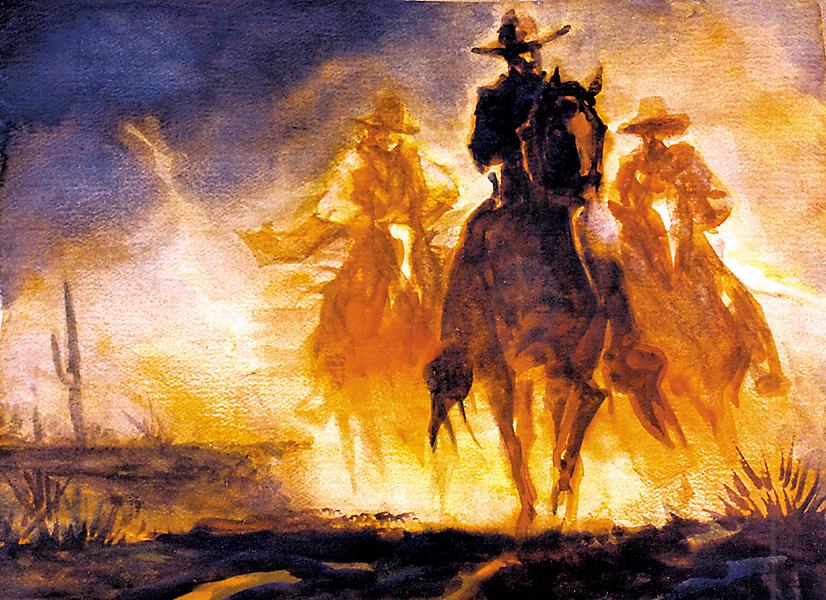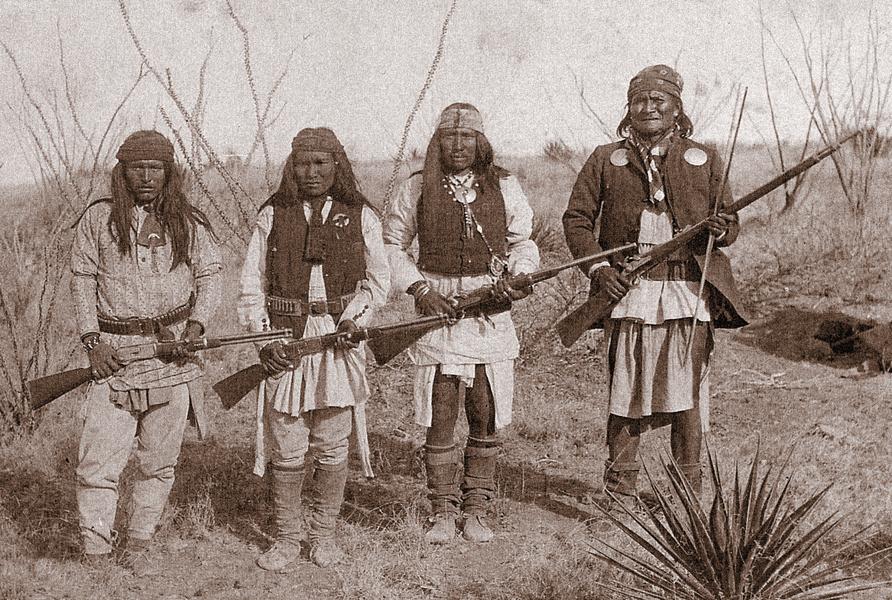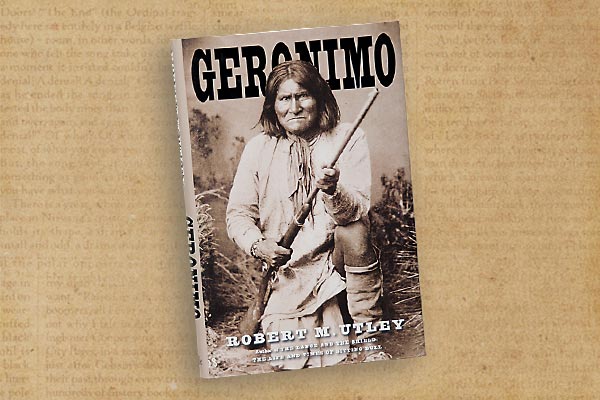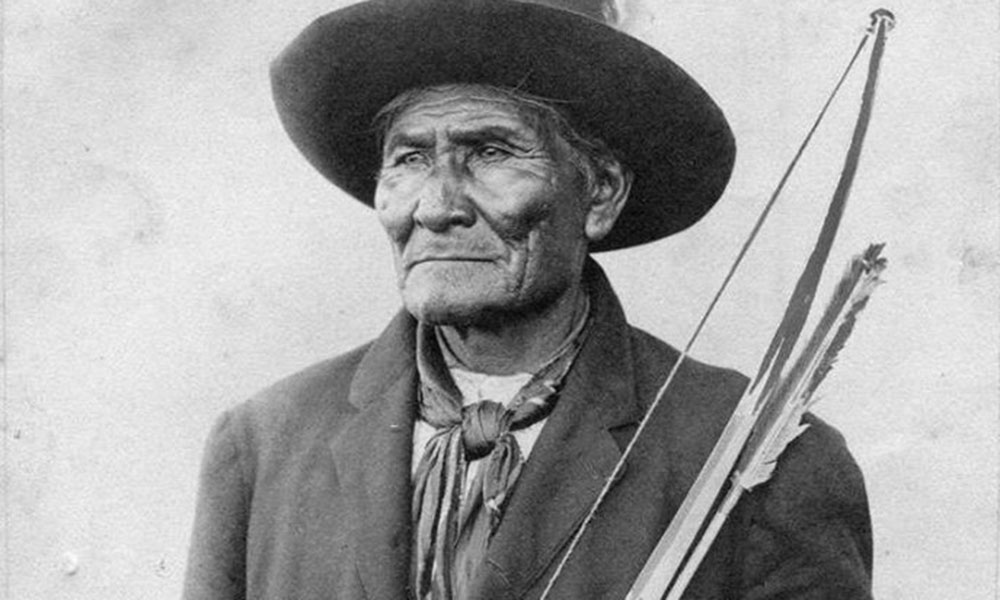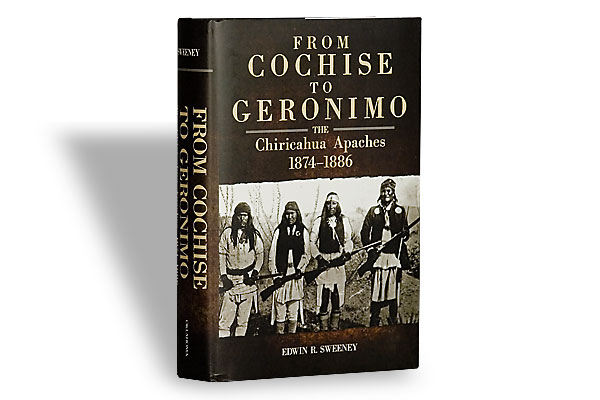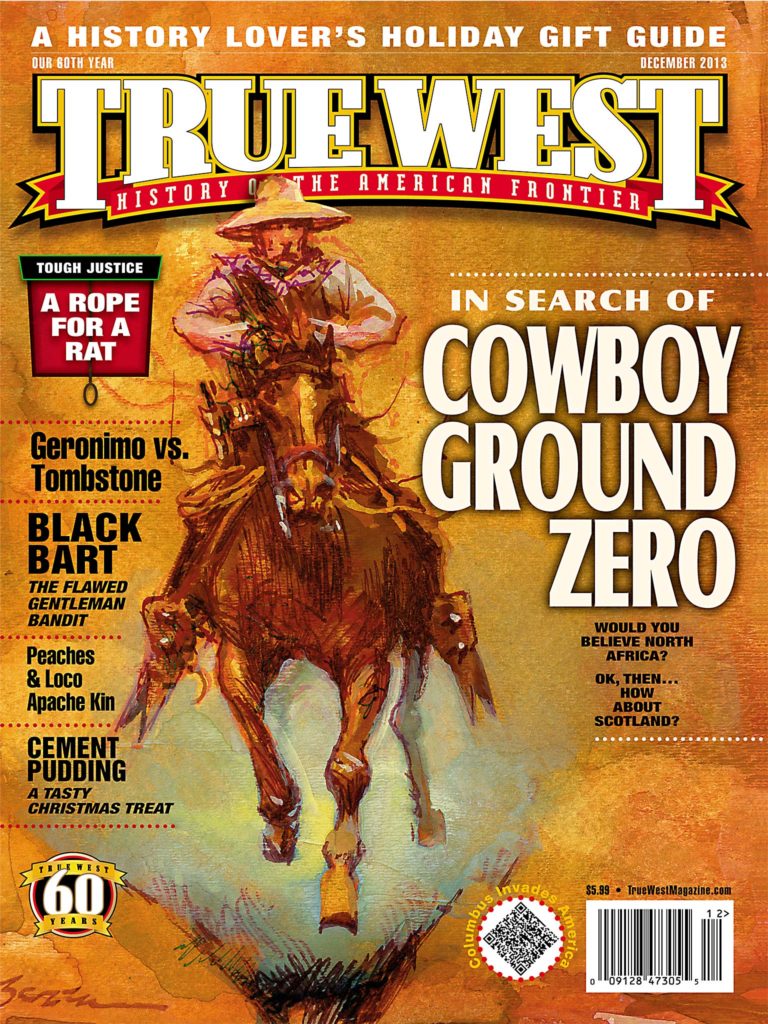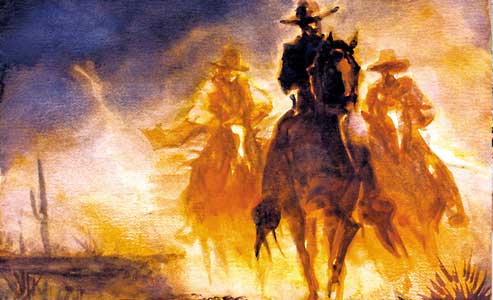 October 5, 1881
October 5, 1881
An outbreak from the Apache Reservation in San Carlos sends fear and shock waves throughout southeastern Arizona as warriors led by Geronimo, Juh and Naiche spread terror and death.
Tombstone citizens form an impromptu company to head them off. The group includes Sheriff John Behan, Marshal Virgil Earp, Wyatt and Morgan Earp, Mayor John Clum, Billy Breakenridge and George Parsons.
As the party leaves town, they choose Sheriff Behan as captain and Virgil as first lieutenant. They strike out across the Sulphur Springs Valley, where they’re beset by a hard rainstorm. They wait out the storm at Maj. Edwin Frink’s house, from where the Apaches had stolen stock and taken it 20 miles away to Horseshoe Canyon.
The next morning, the posse sets out for the canyon, but does not find the Apaches. The hungry men then stop for breakfast at Frank and Tom McLaury’s ranch.
“At McL’s was Arizona’s most famous outlaw at the present time, ‘Curly Bill,’ with two followers,” Parsons writes in his diary, “He killed one of our former Marshals [Fred White], and to show how we do things in Arizona, I will say that our present Marshal [Virgil Earp] and said ‘Curly Bill’ shook each other warmly by the hand and hobnobbed together some time, when said ‘CB’ mounted his horse and with his two satellites rode off—first though stealing a pair of spurs belonging to one of our party, as they couldn’t be found after their departure.”
After eating, some return to Tombstone, while others head to Soldier’s Hole.?Clum and Parsons are among the latter party. They discover that the soldiers’ stock is played out. “Indians on the other hand, are continually replenishing stock by raids and have plenty of beef to eat,” Parsons writes.
Clum and Parsons locate a wagon with food and whiskey, which they enjoy while camping on the broad mesa. Clum talks with some of the scouts he knew when he was an Indian agent at San Carlos, before he moved to Tombstone in 1877.
With their stock inside the picket lines, to ensure cowboys don’t run them off, they settle for the night. “We had a room to ourselves at the ranch and things were lively while the whiskey flowed,” Parsons writes.
With the cavalry at Soldier’s Hole intent on pursuing the renegade Indians, the posse members return to Tombstone. Not everyone got their man during the Apache Wars.
A Trail of Blood
At 10:30 p.m. on September 30, 1881, Apache leaders Geronimo and Juh, and about half of the Chiricahua contingency of men, women and children held at San Carlos (some put the number at about 72), flee their camp at the sub-agency and head for the Sierra Madre Mountains in Mexico. Their escape route takes them near Camp Thomas, Willcox, Tombstone, present-day Elfrida and through Guadalupe Canyon into the New Mexico bootheel.
With the Army and scouts in pursuit, the hostiles turn deadly. They attack a freight (wagon) train and kill six teamsters; murder Cedar Springs Station agent John Mowlds; mutilate four Army telegraph linemen; kill an old man named Vance near Point of Mountain; and engage the Army in several skirmishes.
Aftermath: Odds & Ends
The Chiricahua warriors resumed their raids from a camp deep in the Sierra Madre Mountains.
Geronimo surrendered to Gen. George Crook in January 1884 and returned to the San Carlos Reservation, only to take flight again in May 1885.
After his numerous escapes from San Carlos, Geronimo surrendered to the Army for the last time in September 1886. He was sent first to an internment camp in Florida and then to Oklahoma’s Fort Sill, where he died of pneumonia on February 17, 1909.
Recommended: Geronimo by Robert M. Utley, published by Yale University Press
Photo Gallery
– Courtesy Robert G. McCubbin Collection –
– Illustrations by Bob Boze Bell –


